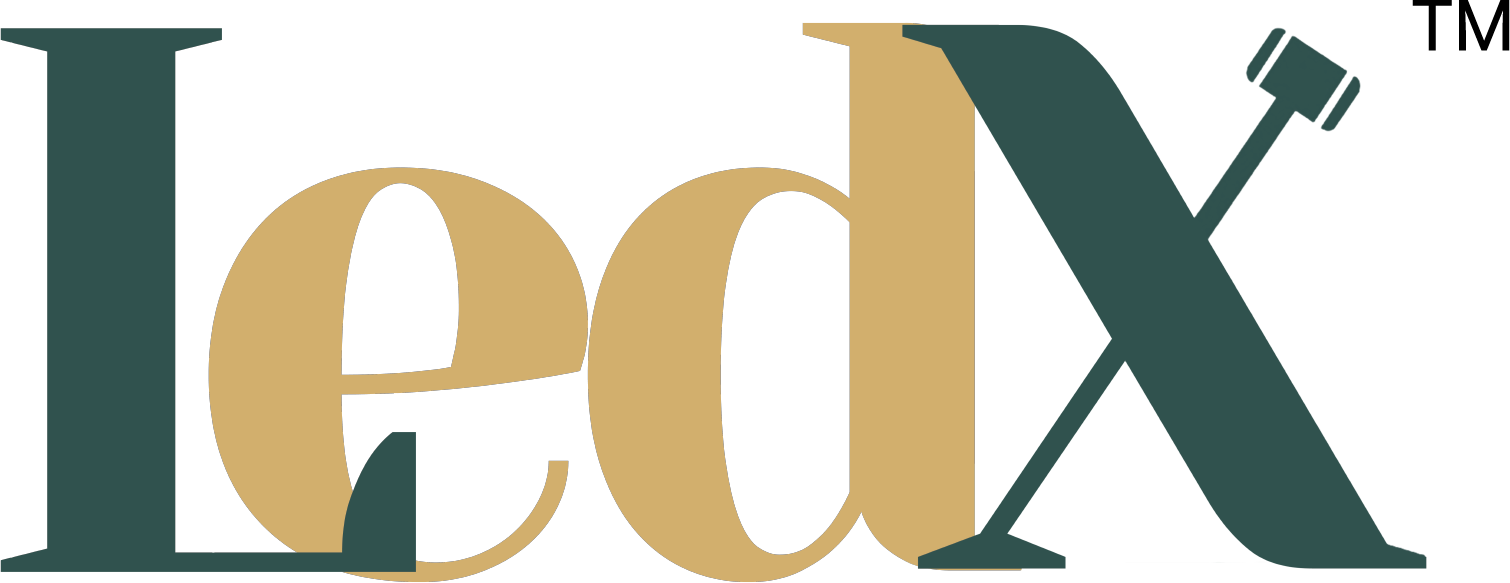Pegasus –A Spyware Program
“A desk is a dangerous place from which to observe the world,” wrote John le Carre, and now it’s the phone. Pegasus is a spyware program that has been dubbed “the smartest virus ever created.” NSO, an Israeli business, created the design. This spyware is marketed to approved governments in various countries in order to combat terrorism and criminality while also ensuring national security. When this spyware was first discovered in 2016, it gradually garnered widespread public attention, which was followed by a rise in malicious uses. Jamal Khashoggi, a Saudi dissident journalist, was killed, according to the allegations. The first-ever case against him was filed by a close friend of his, Omar Abdulaziz against NSO, an Israeli firm, was filed in December 2018. The software may remotely monitor and take data from a device without alerting the user, and it can infect a device simply by making a phone call. It makes no difference whether or not the call was received. The private corporation seldom publishes client details, but according to the 2021 report, it has 60 customers in 40 countries. Intelligence agencies make up 51% of its clients, followed by law enforcement agencies (38%), and the military (11%). The list of prospective targets for espionage using the Pegasus malware included eleven prime ministers, three presidents, the WHO chief, and a monarch. Forbidden Stories, a non-profit organization established in Paris. The hacked database was obtained by Amnesty International, which shared it with 17 news outlets, including THE WIRE, THE GUARDIAN, and THE WASHINGTON POST.
Pegasus first appeared in India in 2019, when researchers from the University of Toronto’s Citizen Lab called a number in our country and informed them that their WhatsApp chats had been compromised. There were some rumblings, but the controversy died quietly and disappeared from our public disclosure. This time the targets are not only activists and journalists, but also opposition and ruling party elites.
Pegasus second foregrounds the collaboration between government and weapon-grade monitoring technology that has no intermediary purpose to confuse us. Surveillance is not new, but technological advancements have enabled surveillance in previously inconceivable ways. In his conclusion in the Puttaswamy judgment, which affirmed a basic right to privacy, Justice Sanjay Kishan Kaul stated. He cited sections 5(2) of the Indian Telegraph Act of 1885 and section 69 of the Information Technology Act of 2000, which allow the government to eavesdrop on any government agency PEOPLE’S UNION FOR CIVIL LIBERTIES V UNION OF INDIA was the first case to argue for the right to privacy in the context of surveillance in 1996. The Indian Information Act of 2000 makes a distinction between surveillance and hacking. IT ACT, section 43 read with section 66. Unauthorized access to a person’s computer system, resource, or network, whether by the government or a private business, is illegal. In R RAJAGOPAL V SATTE OF TN, often known as the AUTOSHANKER CASE, the Supreme Court declared that the “right to privacy,” or the right to be left alone, is guaranteed by Article 21 of the Constitution.
Concludingly rights and duties go both ways and citizens and respective sovereign shall be responsible for the cooperation government has the right of surveillance and spying only on account of restrictions imposed it cannot infringe citizens’ fundamental rights.
Tulika Kumari & Kumari Sonali
Writer



